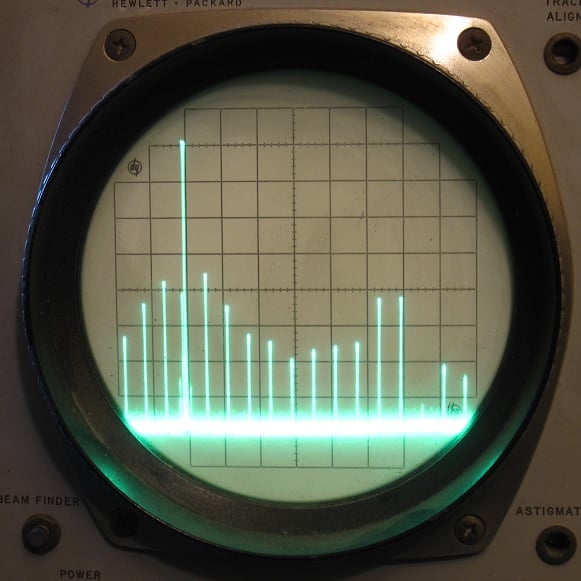

Hello from the owner of a 2018 Gigabyte Aero 15Wv8! Neat to see these less common Gigabyte laptops being used with Linux.
That UEFI looks a lot newer than the one on my machine, so I am not 100% sure, but I would assume disabling “enforce secure boot” would be the same as disabling secure boot. Other folks may know more, but I cannot think of any reason why turning it off would brick your Linux install.
As for XFCE vs KDE, I would say stick with KDE/Wayland unless you can really not find any workaround. The difference in resource usage between DEs is probably not significant enough that it would make a difference on a machine with 16GB of RAM and a relatively recent CPU. I mostly see that advice given for older machines with very little RAM.
I’m not sure about that game or the gradual lag issue. A quick google shows someone describing a similar-sounding issue in this Linux Mint forum thread, though. Maybe some of the suggestions there might help? They mention some stuff around LD_PRELOAD= with various parameters in Proton.

I am an electrical engineer, so even beyond Teams and MS Office, several of the engineering and CAD programs we use are not supported or only partially supported on Linux (i.e. hardcoded to only work on a specific version of Ubuntu, lol).
I have spoken to our IT guy, and he would be completely on board with using Linux, but even he acknowledges that there is no reasonable path to us doing so, so I just sort of accept it.